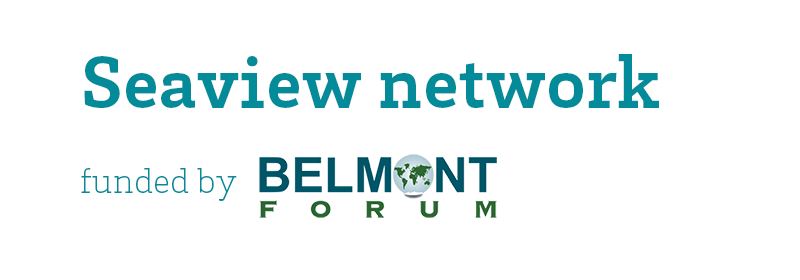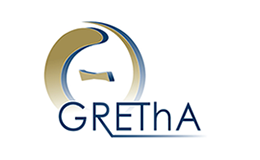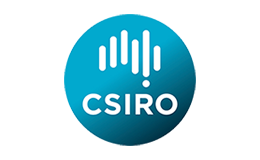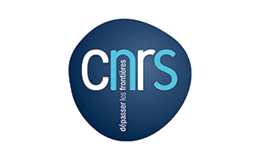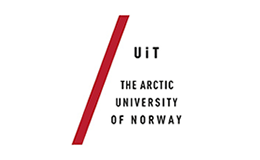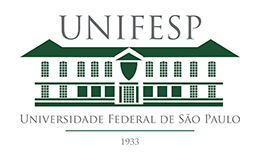The Status Quo Scenario

This scenario (SQ) simulates a steady fishing effort by month based on the mean pattern of the efforts in 2009:
This scenario corresponds to a case where fishing efforts are maintained constant during the 30 years of the simulation at levels equivalent to those observed between 2006 and 2009. The corresponding effort multipliers are therefore equal to 1.
Status Quo Scenario: Unviable for Food Security
The numerical simulations first show that from 2030, the maximum total catches pass below the food security threshold. Thus SQS fails to satisfy the food security requirement for all simulations
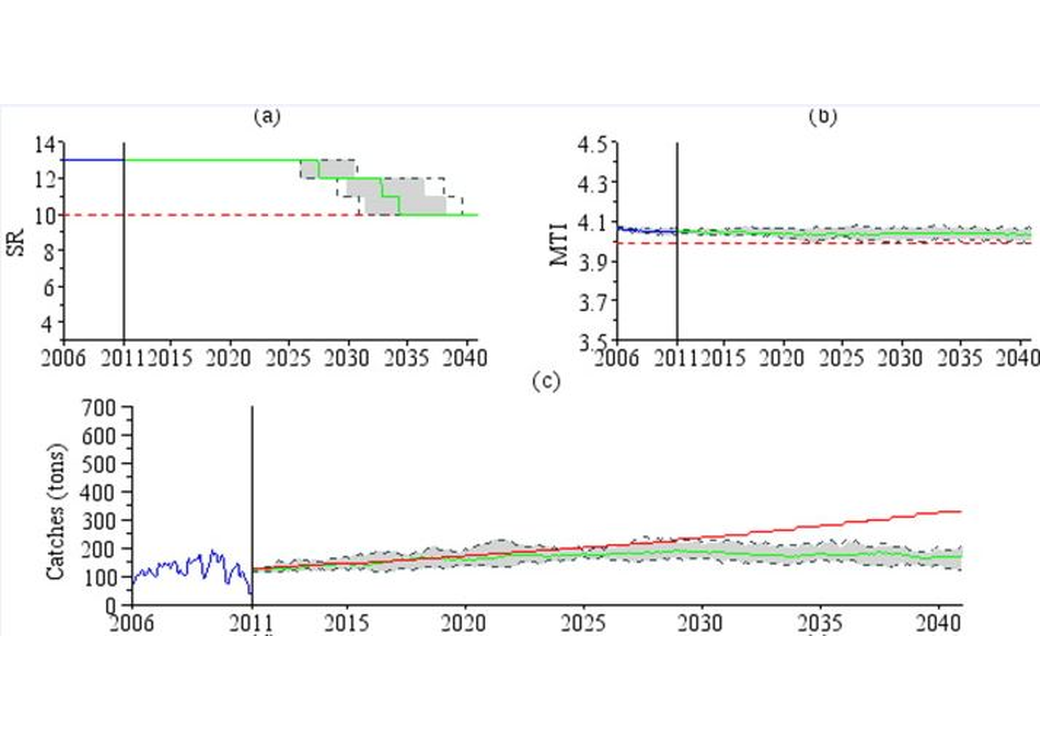 |
Evolution of the species richness (a), marine trophic index (b), total catches (c) The dark dotted lines stand for the set of possibilities including the 100 simulated trajectories and the gray fields include 95% of the latter. The green lines represent the median values of the 100 trajectories. The red dashed lines stand for the viability thresholds. The blue lines correspond to the historical paths between 2006 and 2011 fig (a) and (b) shows that the species richness falls to the 10 viability threshold, and few species (sharks, gillbacker catfish and goliath grouper) disappear. The marine trophic index MTI shows a very slow decline but remains above the viability threshold. |
Status Quo Scenario: Weak Economically
Economically as well, SQS does not do great: 40 out of the 100 simulations lead to conditions where the profitability constraints are satisfied . This scenario yields a net present value equals to 42.8 millions of euros cumulated over the 30 years
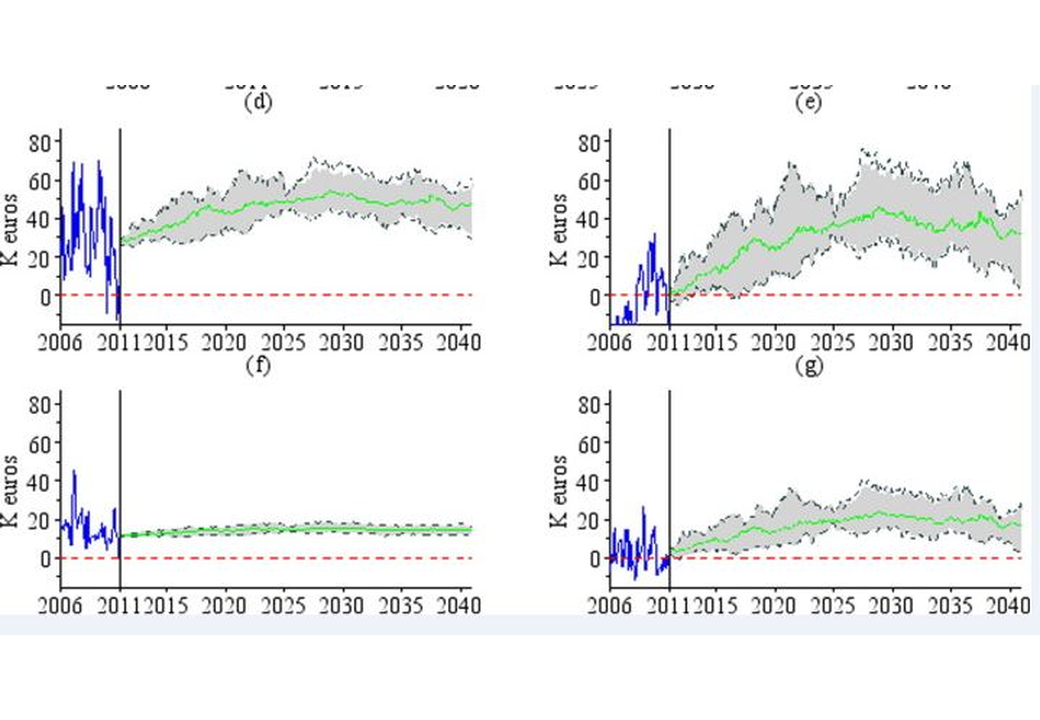 |
Evolution of profits by fleet (d. fleet 1; e. fleet 2; f. fleet 3; g. fleet 4). The dark dotted lines stand for the set of possibilities including the 100 simulated trajectories and the gray fields include 95% of the latter. The green lines represent the median values of the 100 trajectories. The red dashed lines stand for the viability thresholds. The blue lines correspond to the historical paths between 2006 and 2011. |
